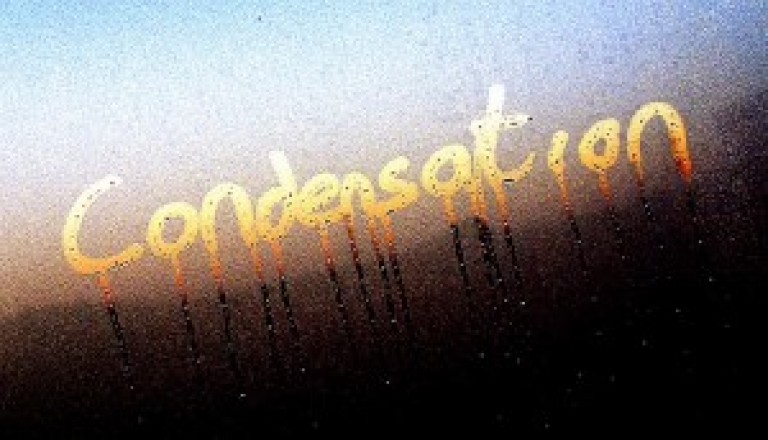
Ending a Tenancy - New Rules for Landlords
A landlord who wants to get their property back will have to follow some new rules, otherwise their tenant will be allowed to legally remain in their property, even after the lease has expired. If you’re not familiar with Section 21s, they’re the official forms used by landlords to give the tenant two months’ notice to leave. They’re often referred to as “no fault notices” or “notice to quit” as the tenant doesn’t have to have done anything wrong, it’s usually just that the landlord wants the property back, often to sell it or to move back in themselves.
Landlords don’t have to give a reason for serving notice on their tenant, as long as the fixed period of the tenancy has ended, so some landlords use S21s as an easier way to get rid of problem tenants than evicting them via the courts.
However, for all new tenancies starting from October 1 2015, landlords need to be aware of the following changes.
First of all, you can no longer just write tenants a letter telling them you want your property back. You’ve got to issue the S21 notice on a new form, known as Form 6A Notice Seeking Possession of a property let on an Assured Shorthold Tenancy.
You won’t be allowed to evict a tenant by issuing a Section 21 notice if the tenant has already made a written complaint about the property, if the tenant has reported an issue that hasn’t had an adequate response prior to being served with the S21. This is to prevent so-called “revenge evictions”, where the landlord decides that rather than sorting out a problem they’ll just get rid of the tenant instead.
Landlords will have to provide new tenants with a Government-issued How to Rent guide, which sets out all the tenant’s and landlord’s rights and obligations. And with all these changes, landlords will need to be able to prove, should it go to a dispute that these have been provided – so getting confirmation from your tenant has received them is also important.
Landlords won’t be able to issue tenants with a S21 unless they’ve provided tenants with the latest version of this guide, either by email or as a hard copy, along with valid Gas Safety Records and Energy Performance Certificates, both of which were previously required.
They also can’t evict tenants unless they have correctly protected any deposit, although this rule is not new.
Another change is that landlords will no longer be able to issue S21s during the first four months of the tenancy and the notices will automatically expire after six months. If the landlord hasn’t started possession proceedings in this time, the notice will have to be re-issued.
Instead, if landlords want to be certain their tenants will leave at the end of the contract, they’ll have to remember to issue the S21 at least two months but not more than six months prior to the last day of the lease, otherwise the tenant will be legally allowed to stay and the lease will become periodic.
You can see that this poses problems for landlords with tenants on a six-month contract because they can’t issue the S21 for the first four months but as they have to give tenants a full two months’ notice they will have to make sure they give notice on the first day of the fifth month!





